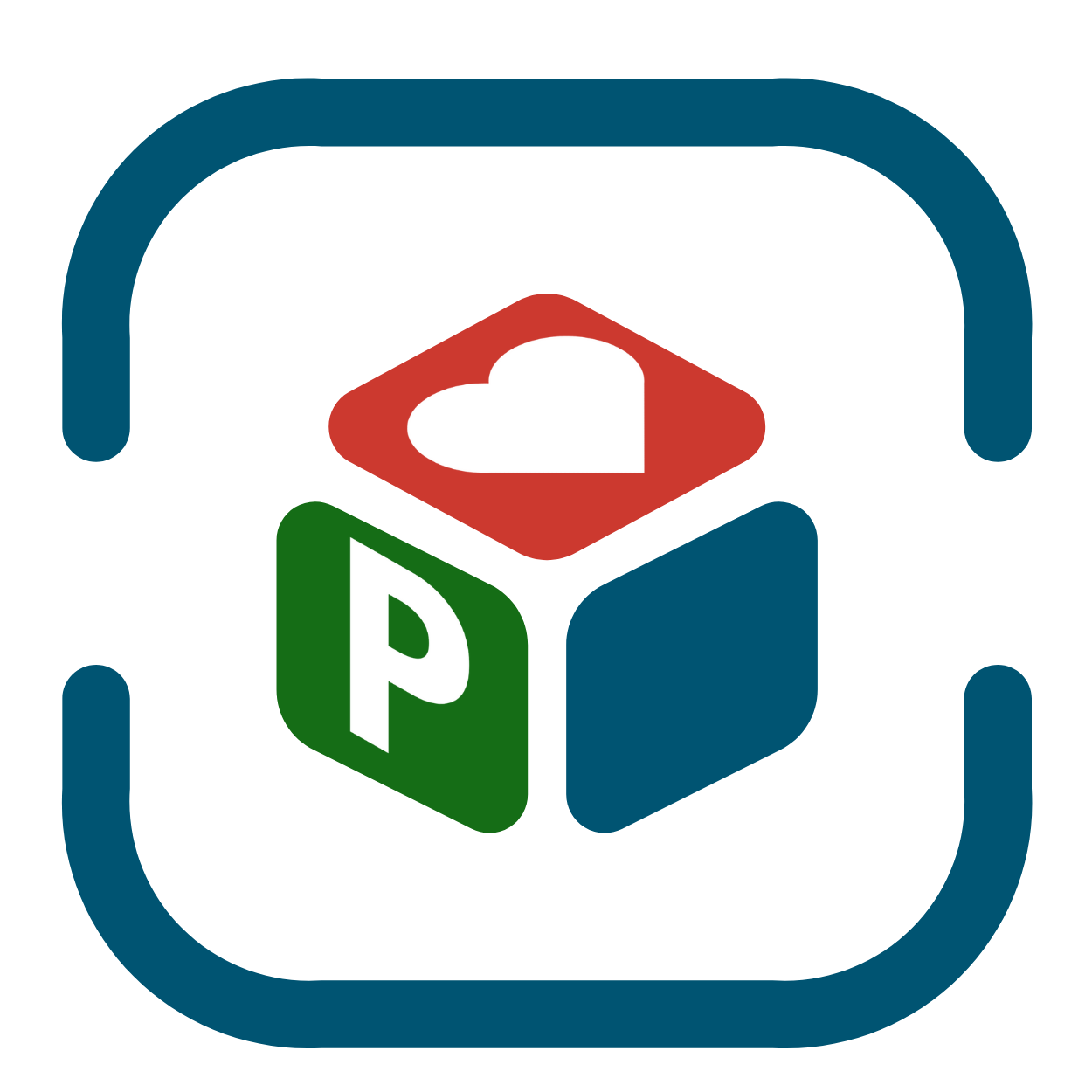What is COPD?
Chronic obstructive pulmonary disease (COPD) is a group of lung diseases that make it difficult to breathe. The main symptoms of COPD are chronic cough, shortness of breath, and wheezing. COPD is caused by long-term exposure to irritants, such as cigarette smoke, air pollution, or dust.
How is COPD diagnosed?
COPD is diagnosed based on your medical history, physical exam, and lung function tests. Lung function tests measure how well your lungs work.
How is COPD treated?
There is no cure for COPD, but there are treatments that can help you manage your symptoms and improve your quality of life. Treatment for COPD includes:
- Quitting smoking
- Medications to open up your airways
- Oxygen therapy
- Pulmonary rehabilitation
How can I prevent COPD?
The best way to prevent COPD is to avoid exposure to irritants that can damage your lungs. If you smoke, quitting is the most important thing you can do to protect your lungs. You can also reduce your risk of COPD by avoiding secondhand smoke, air pollution, and dust.
Keyword research:
The following are some keywords that you can use to optimize your blog post about COPD:
- COPD
- chronic obstructive pulmonary disease
- shortness of breath
- wheezing
- cough
- lung function tests
- quitting smoking
- medications
- oxygen therapy
- pulmonary rehabilitation
- prevention
Blog post title:
COPD: What You Need to Know
Blog post outline:
- Introduction to COPD
- Symptoms of COPD
- Diagnosis of COPD
- Treatment for COPD
- Prevention of COPD
- Conclusion
Blog post content:
Introduction to COPD
Chronic obstructive pulmonary disease (COPD) is a group of lung diseases that make it difficult to breathe. The main symptoms of COPD are chronic cough, shortness of breath, and wheezing. COPD is caused by long-term exposure to irritants, such as cigarette smoke, air pollution, or dust.
Symptoms of COPD
The symptoms of COPD can vary from person to person. Some common symptoms include:
- Chronic cough
- Shortness of breath
- Wheezing
- Fatigue
- Chest tightness
- Increased phlegm production
Diagnosis of COPD
COPD is diagnosed based on your medical history, physical exam, and lung function tests. Lung function tests measure how well your lungs work.
Treatment for COPD
There is no cure for COPD, but there are treatments that can help you manage your symptoms and improve your quality of life. Treatment for COPD includes:
- Quitting smoking
- Medications to open up your airways
- Oxygen therapy
- Pulmonary rehabilitation
Prevention of COPD
The best way to prevent COPD is to avoid exposure to irritants that can damage your lungs. If you smoke, quitting is the most important thing you can do to protect your lungs. You can also reduce your risk of COPD by avoiding secondhand smoke, air pollution, and dust.
Conclusion
COPD is a serious lung disease that can make it difficult to breathe. However, there are treatments that can help you manage your symptoms and improve your quality of life. If you have any concerns about COPD, be sure to talk to your doctor.

